1 plan, 3 investment phases
On July 1, at the 17th session of the 16th Hanoi People's Council, Director of the Department of Transport Nguyen Phi Thuong presented the City People's Committee's proposal on the overall investment project to build the capital's urban railway system.
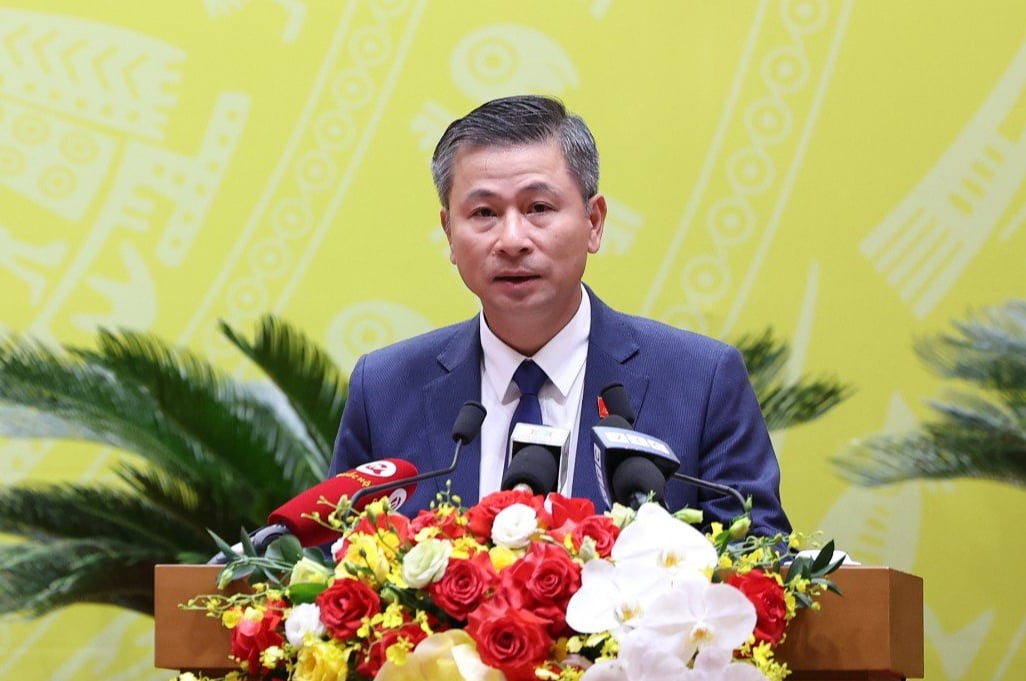
Director of Hanoi Department of Transport Nguyen Phi Thuong.
Accordingly, the project is based on a unified understanding of the role of urban railways (metro), which is the "backbone" of the city's transport infrastructure system.
Developing an urban railway system is an objective necessity and an important driving force for the city's rapid and sustainable socio -economic development strategy in the coming time.
Developing urban railways is linked with urban development, environmental protection, promoting industrialization and modernization, creating momentum for the development of the capital region.
The goal is to develop a synchronous and modern urban railway system to meet the city's public transport needs, contributing to restructuring the city's transport methods in a sustainable, harmonious and reasonable direction; striving for the public passenger transport rate to reach 50-55% in 2035, and 65-70% after 2035.
The Director of the Department of Transport said that to complete that goal, Hanoi proposed "1 plan, 3 investment phases".
In particular, from now until 2030, the city aims to complete 96.8km of metro, including lines No. 2 (sections Nam Thang Long - Tran Hung Dao, Tran Hung Dao - Thuong Dinh, Noi Bai - Nam Thang Long), line No. 3 Nhon - Hanoi station - Yen So. The total expected capital demand in this period is 14.602 billion USD.
In the 2031-2035 phase, Hanoi plans to complete 301km of metro including the following sections and routes: Ngoc Hoi - Yen Vien, Gia Lam - Duong Xa, line 2 extended to Soc Son, line 2A extended to Xuan Mai, line 3 extended to Son Tay, line 4 Me Linh - Sai Dong - Lien Ha, Noi Bai - Ngoc Hoi, Me Linh - Ha Dong, Son Dong - Mao Dich - Ring Road 3 - Linh Nam - Duong Xa, Son Tay - Hoa Lac - Xuan Mai.
The total estimated capital requirement for the above phase is 22.572 billion USD. With this roadmap, Hanoi expects that after 2030, urban railways will handle 35-40% of public passengers, and can transport 9.7-11.8 million trips/day and night.
Phase 3 is the 2036-2045 period, the city plans to complete the investment and construction of 200.7km of metro with a total capital demand of 18.252 billion USD.
Thus, in the 3 phases of total investment in metro lines, Hanoi will need capital of up to more than 55.4 billion USD to complete 598.5km of metro.
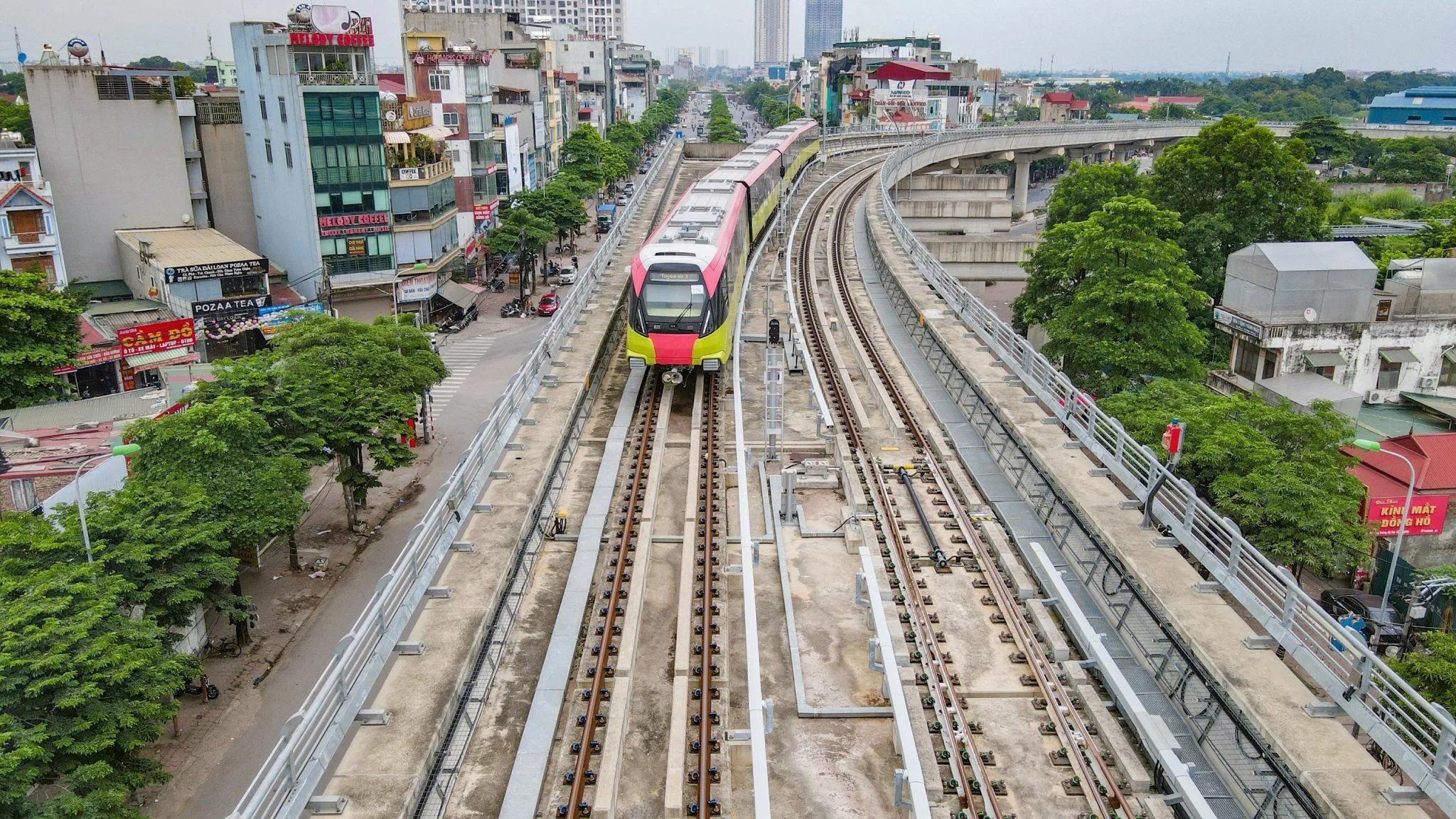
Hanoi proposes to build nearly 600km of urban railway.
Build capital structure for each stage and for each route
To implement, Hanoi People's Committee has set out principles for building capital structure for each stage and for each route.
Accordingly, the remaining routes will continue to be invested in with ODA loans for the routes that are being implemented, and the remaining routes will be prioritized for investment with State budget capital.
Notably, in order to ensure consistency and synchronization across the entire urban railway system, Hanoi proposed selecting a set of common technical standards and key technical parameters to allow for inter-modality between railway lines, while optimizing investment costs, maintenance, repair and operation capacity.
Accordingly, Hanoi proposed to build a common technical standards framework for the entire network, to avoid each metro line being designed with separate standards; establish common design parameters including: track gauge, locomotive and carriage width, platform length...
This standard framework is only a supporting tool to define the rules for design and construction, not imposing and allowing flexible choice between different suppliers, to obtain the best cost and quality through open bidding for each project.
Source: https://www.baogiaothong.vn/ha-noi-du-kien-chi-hon-55-ty-usd-lam-gan-600km-duong-sat-do-thi-192240701175523099.htm



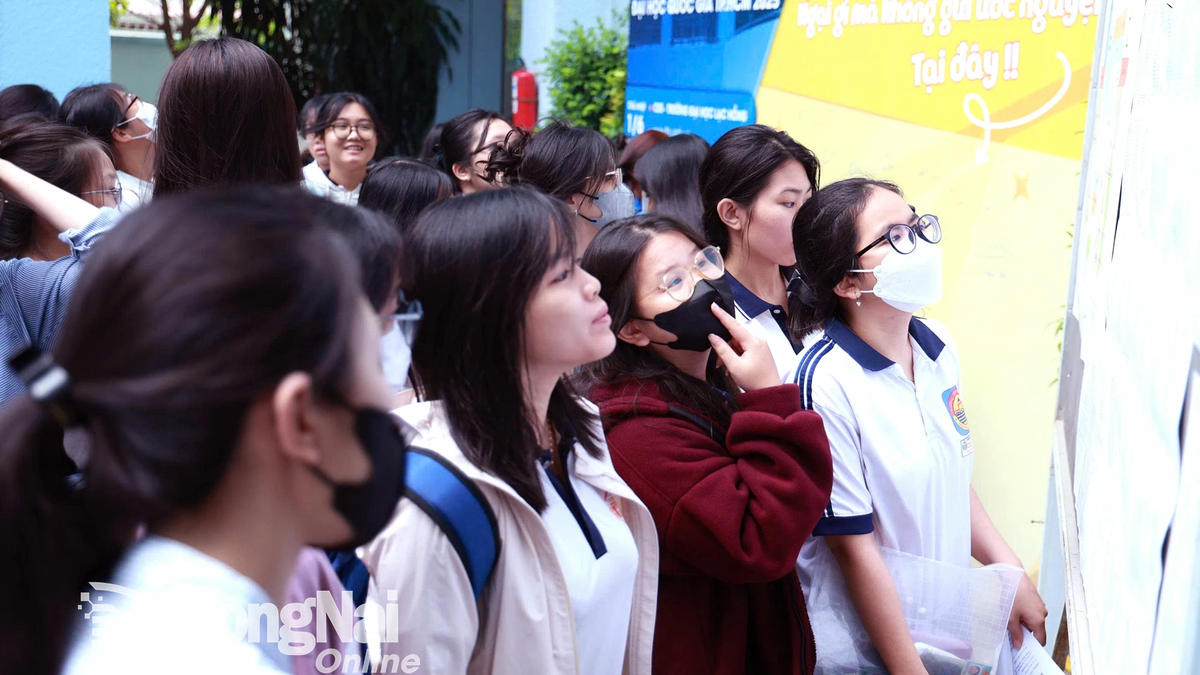
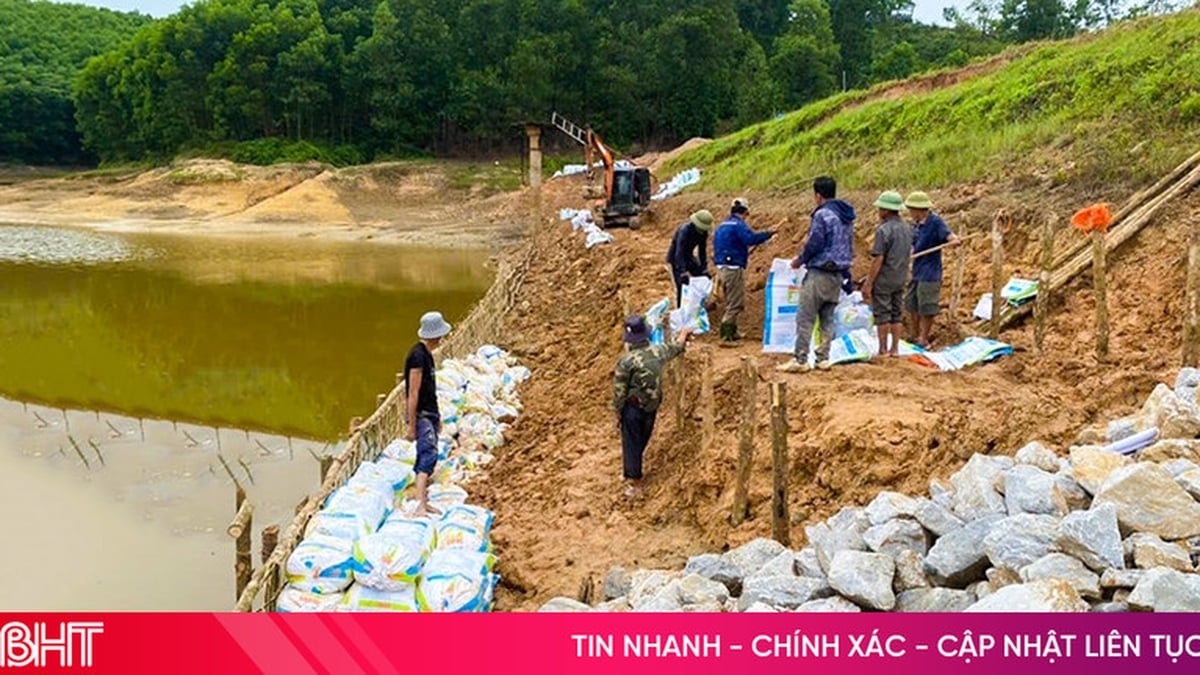
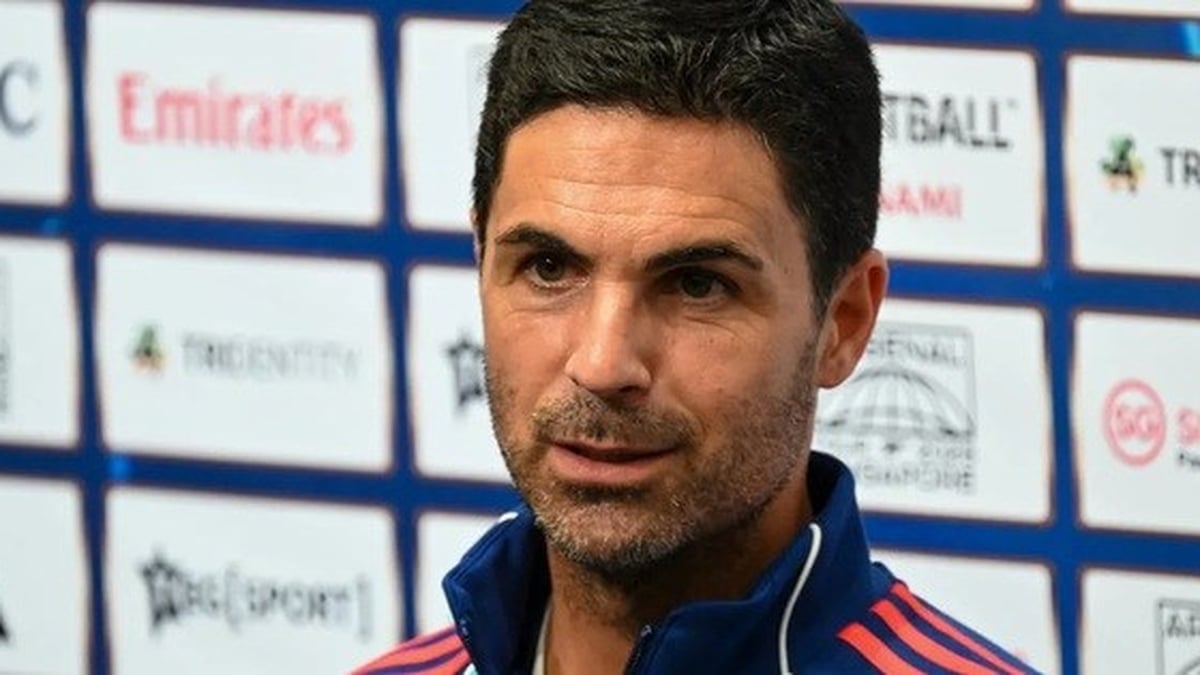


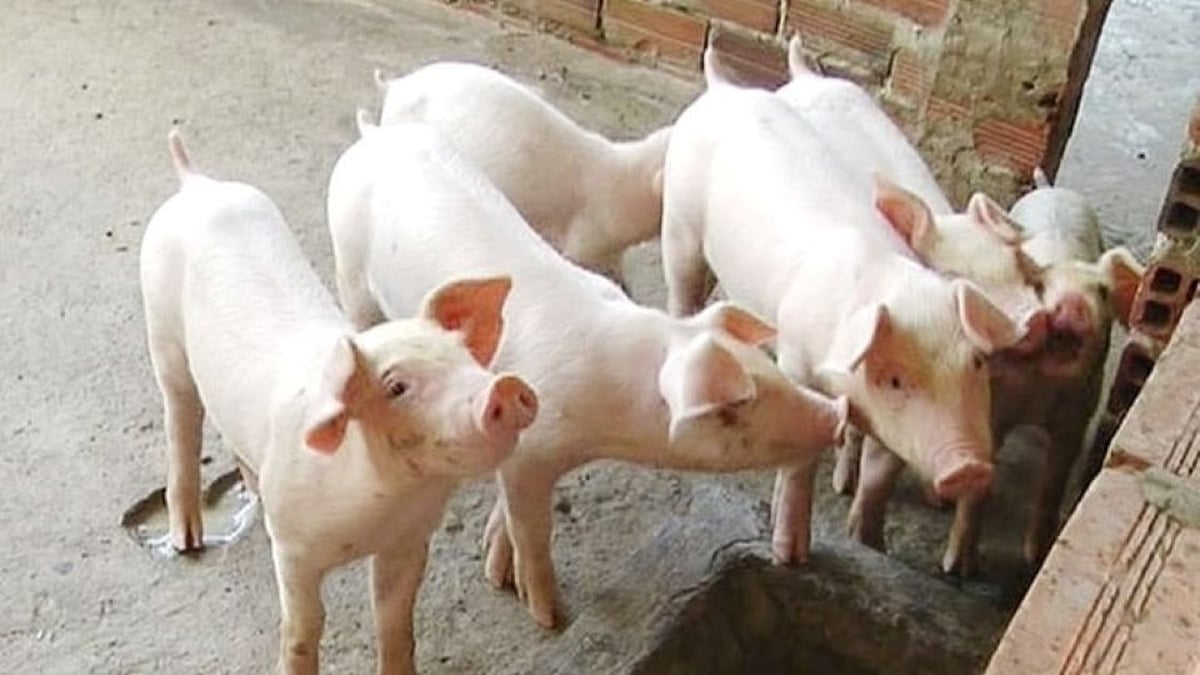
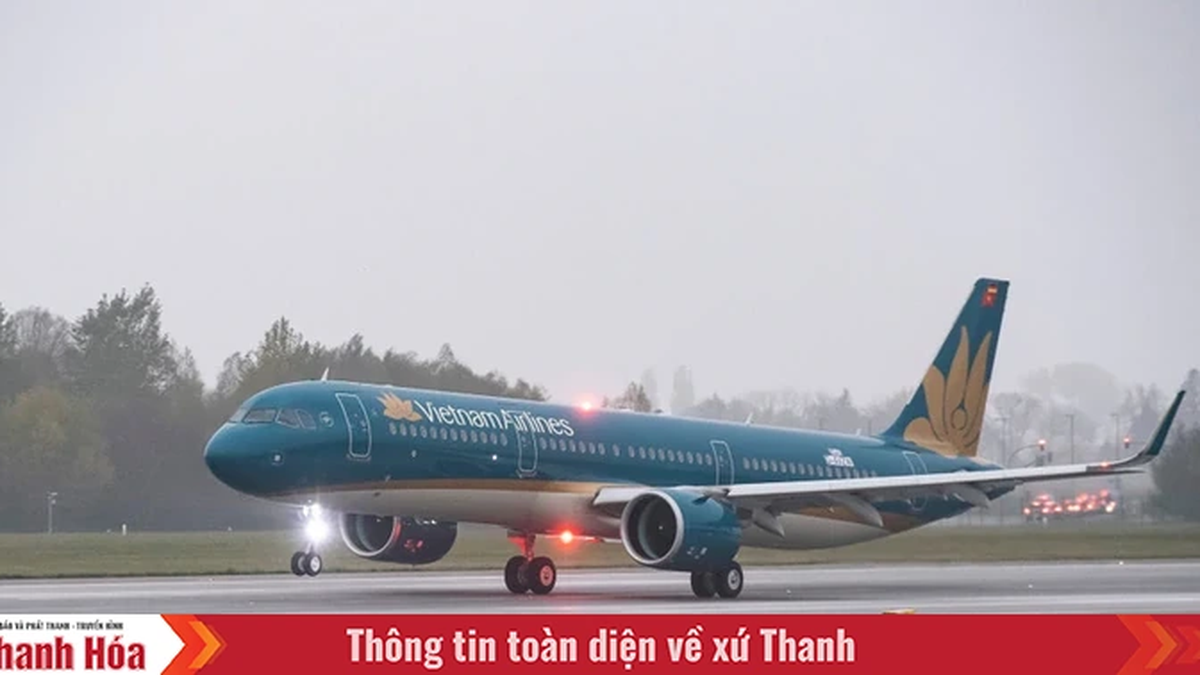

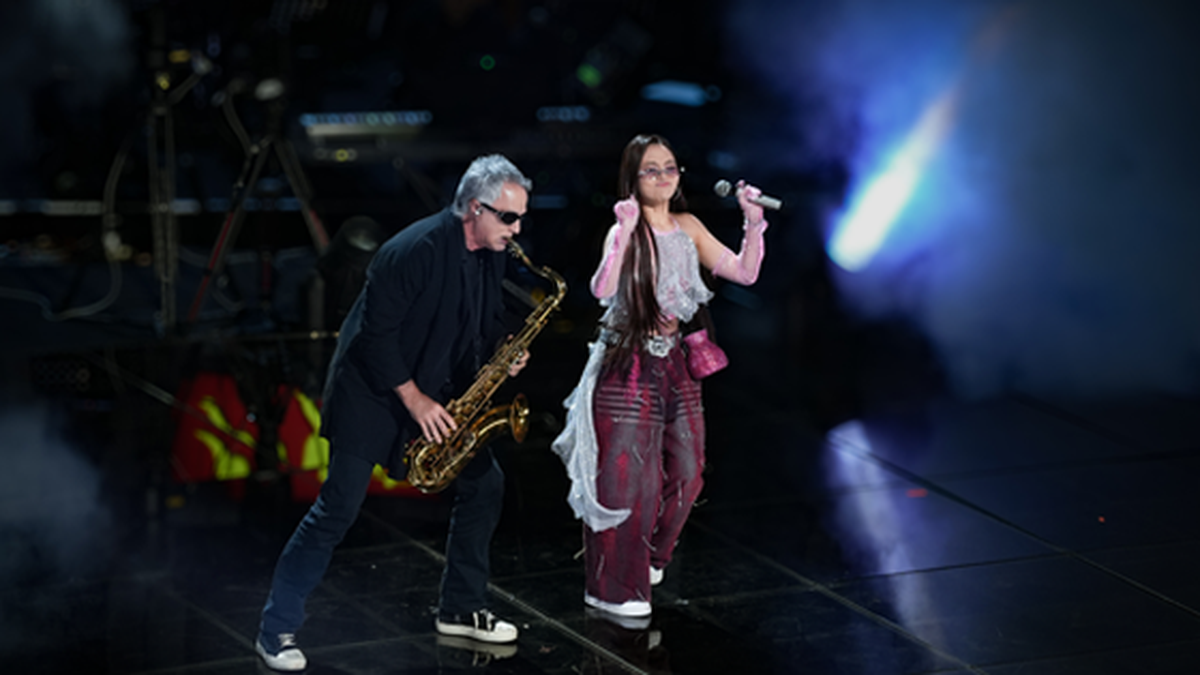
















![[Photo] National Assembly Chairman Tran Thanh Man visits Vietnamese Heroic Mother Ta Thi Tran](https://vphoto.vietnam.vn/thumb/1200x675/vietnam/resource/IMAGE/2025/7/20/765c0bd057dd44ad83ab89fe0255b783)

















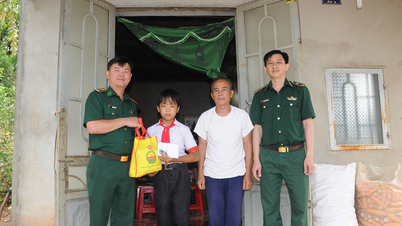


















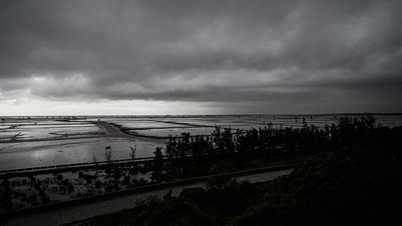



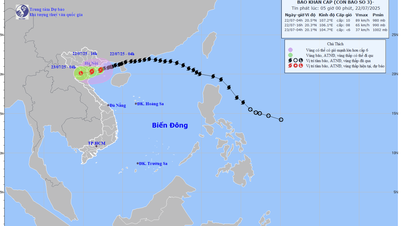

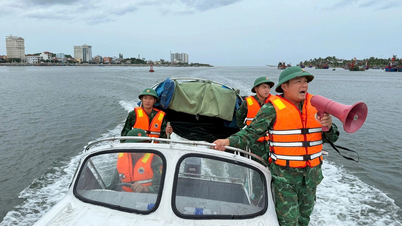
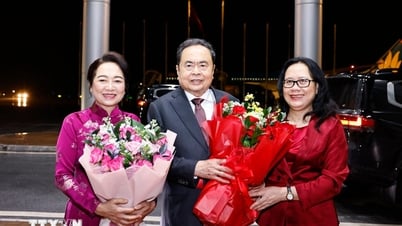




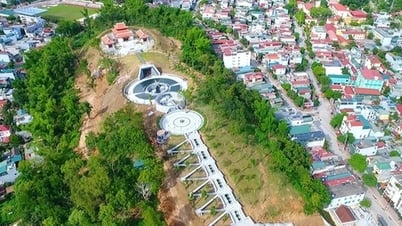



























Comment (0)